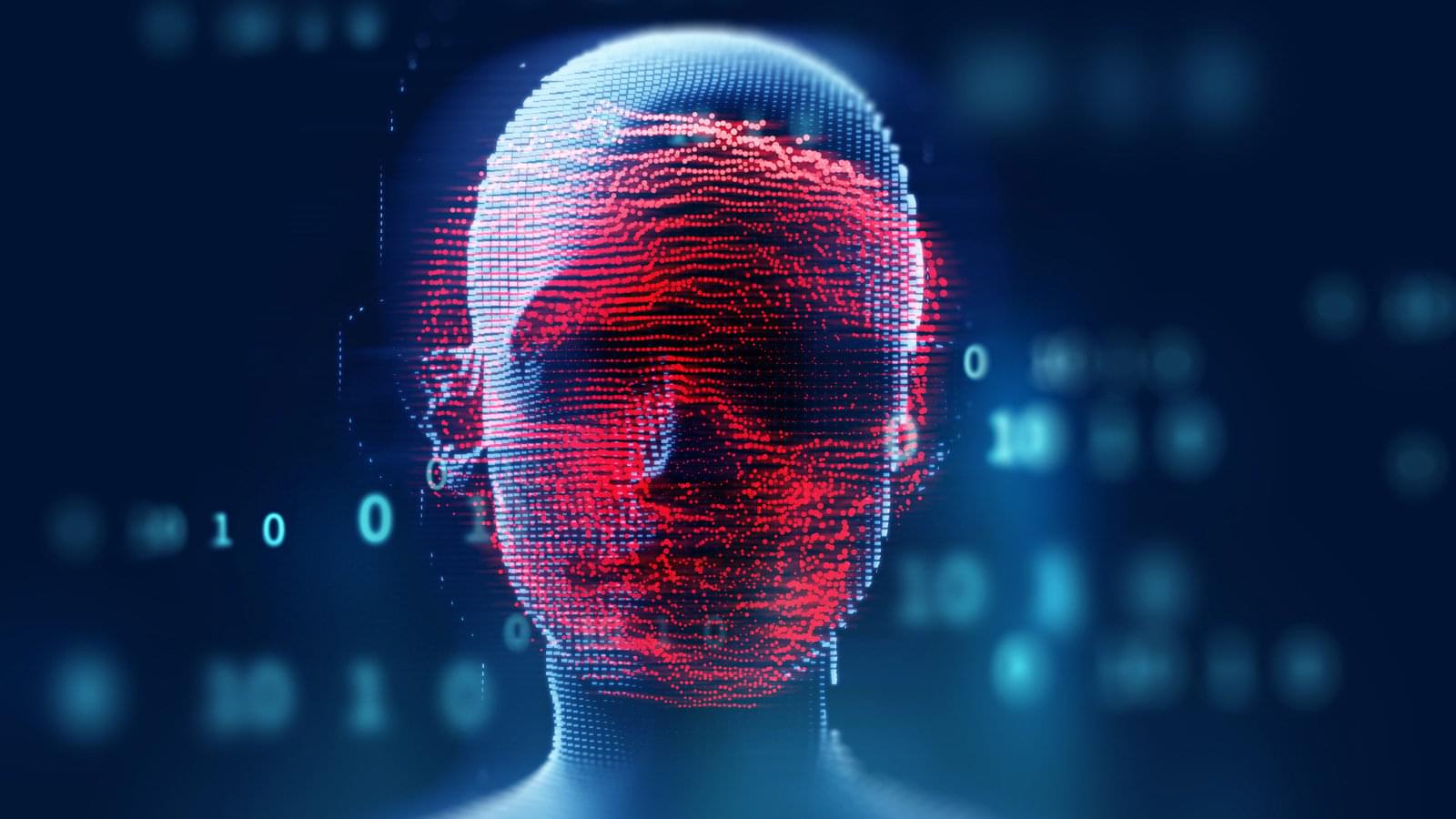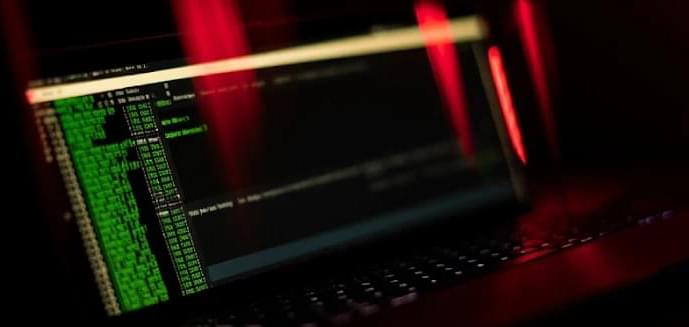Google is backpedaling on its decision to introduce new identity verification rules for all developers, stating that it will also introduce accounts for limited app distribution and will allow users to install apps from unverified devs.
As announced in August, Google was planning to introduce what it called “Developer Verification” starting in 2026 to block malware spreading via sideloaded apps sourced from outside the official Google Play app store.
The new rules require that all apps must originate from developers with verified identities to be installed on certified Android devices; otherwise, their installation will be blocked.








